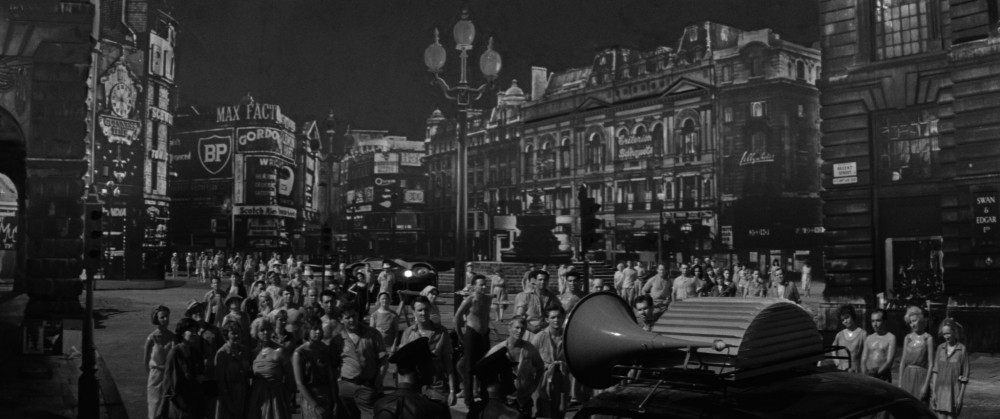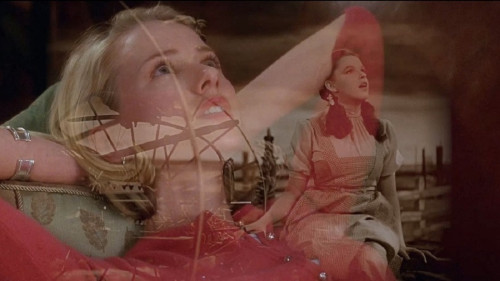Volume 20, Issue 12 / December 2016
British Cinema
In this issue
-
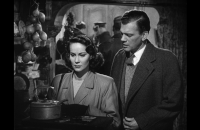
The Trouble With Harry: The Third Man (1949), Part 1
-
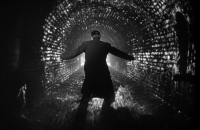
The Trouble With Harry: The Third Man (1949), Part 2
-

The Day the Earth Caught Fire
BFI Restored Blu Ray
-

Civilization and Savagery: Painter Joseph Mallord William Turner, the subject of Mike Leigh’s film Mr. Turner
-
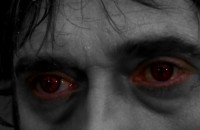
“They Affect Dogs as Well”- Crime and British Video Censorship in the Early 1980s
The Video Nasties
For the final issue of 2016 Offscreen places its focus, for the first time, on British Cinema past and present. The films discussed cover the 1940s, the 1960s, the 1980s and the 2010s. In part one of her two-parter on the Carol Reed/Graham Greene crime, noir, and political espionage film, The Third Man, Elaine Lennon casts her net wide, examining the British industry context and the immediate post world war 2 Cold War political context that shaped both Graham Greene’s novella, the script, and the pre-production elements leading up to the making of the film. Lennon examines the complex relationship of the film to questions of genre and style (noir, thriller, melodrama, political thriller, expressionism). Those familiar with Lennon’s previous work on Offscreen will not be surprised to discover her attention to the screenwriting component of the film’s production. In the second part of the essay Lennon gives a closer reading to the impact of the film’s pre and production history on the film itself, ending with a consideration Harry Lime’s post-film career in radio and television.While The Third Man, 1949, takes place at the beginning of the Cold War (usually marked as 1947) and deals with political reality, The Day the Earth Caught Fire, from 1961, is set in the thick of the Cold War and deals with speculative reality. But from today’s perspective it feels more science fact than science fiction, at least in terms of the cause of the catastrophe. In The Day the Earth Caught Fire nuclear bomb testing by Russia and America cause the earth’s orbit to shift 11 degrees, setting it on a collision course with the sun. The immediate global effect is drastic climate changes. With the film’s talk of climate change, natural disasters, climate change deniers, and Russia and America in conflict (though in the film they ultimately work together to search for a solution), the film’s subject feels prescient and contemporary with the new Donald Trump (“Let’s Make America Great Again”) America. The Day the Earth Caught Fire is a minor classic of Sontagian “imagination of disaster” that spares no punches in its condemnation of modern warfare and humanity’s irresponsible treatment of the planet. Stylistically it is a stark blend of documentary realism and speculative visual effects. Daniel Garrett’s review jumps ahead many decades to more contemporary British cinema of 2014, Mr. Turner. Garrett pores into the vicissitudes of impressive art about impressive art, and artists. In this case Mike Leigh making a bio-pic about the great British painter J.M. W. Turner. Making a film about art is always a tricky proposition since the proof is always ultimately in the pudding: the art itself. And staring at one of Turner’s great paintings in the flesh will always tell you more about what made Turner great than any film about him can. But as the great art historian Ernst Gombrich once coined about the psychology of art in his book Art and Illusion, “making before matching’ or ‘making and matching’, the artist will always turn to his/her mental schemata before reality; a painting of a tree before a real tree. Hence Mike Leigh, in order to understand art and what made Turner’s art great, turns to the tradition of the bio-pic before Turner. Robert Fuoco’s essay on the phenomena known as the “video nasties” brings back fond memories of my growth as a cinephile during the 1980s. The video nasties was a product of the VHS revolution, the first time where ownership and fetishism of cinema, once the purvey of the film (celluloid) collector, became mainstream. But the video nasties represented (if in many cases only in name) the dark, sordid underbelly of film collecting. Trying to see many of the films labelled as Video Nasty (there were 72 such labelled) meant scouring the mail order bootleg catelogues, or travelling to movie conventions to shop at vendors willing to sell bootleg tapes “under the table”. This is a far cry for the current era where almost every film is available, literally, at the tip of one’s fingernails. Movies are now not so much nasty as had hasty. (Donato Totaro, ed.)

